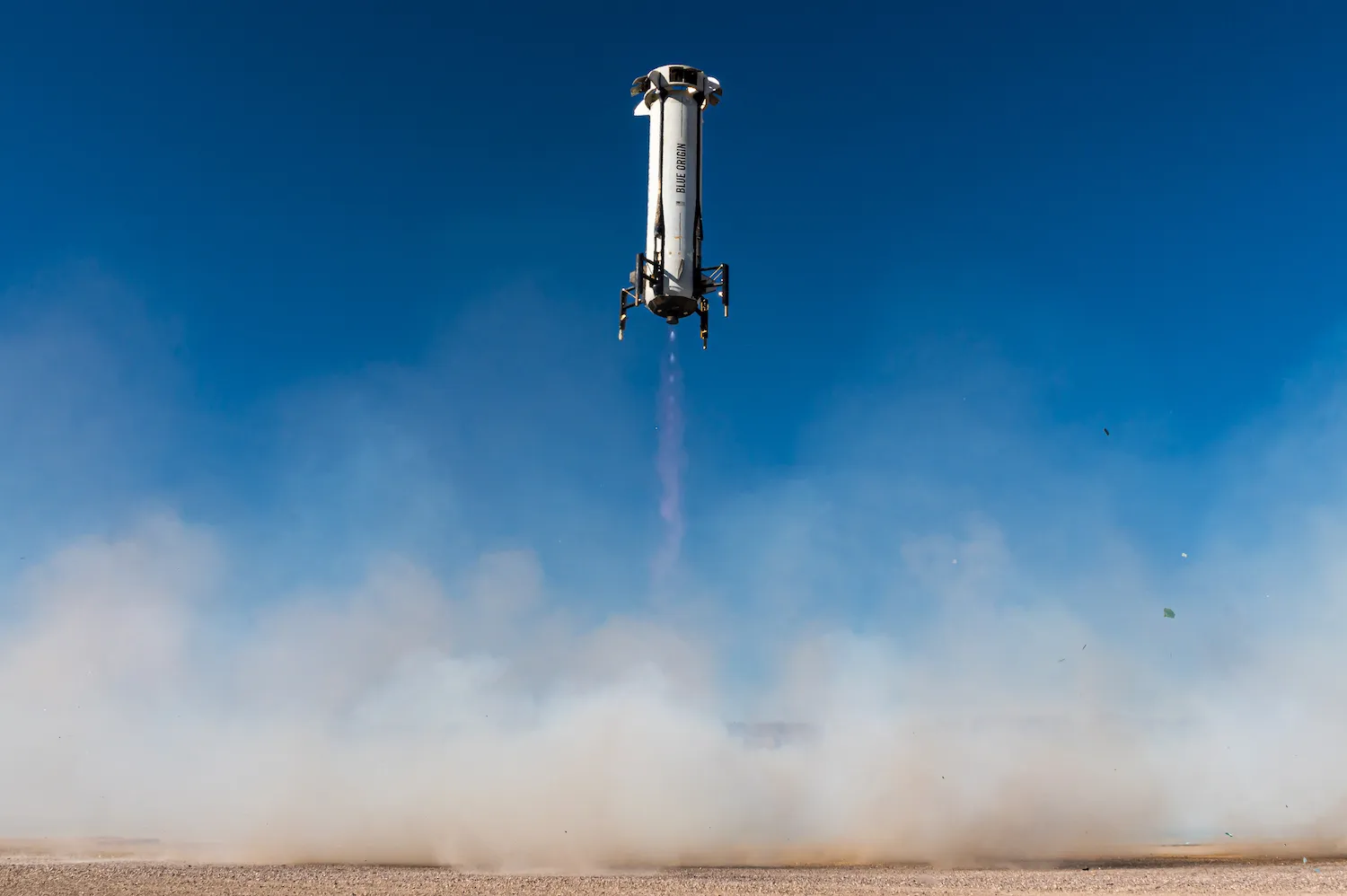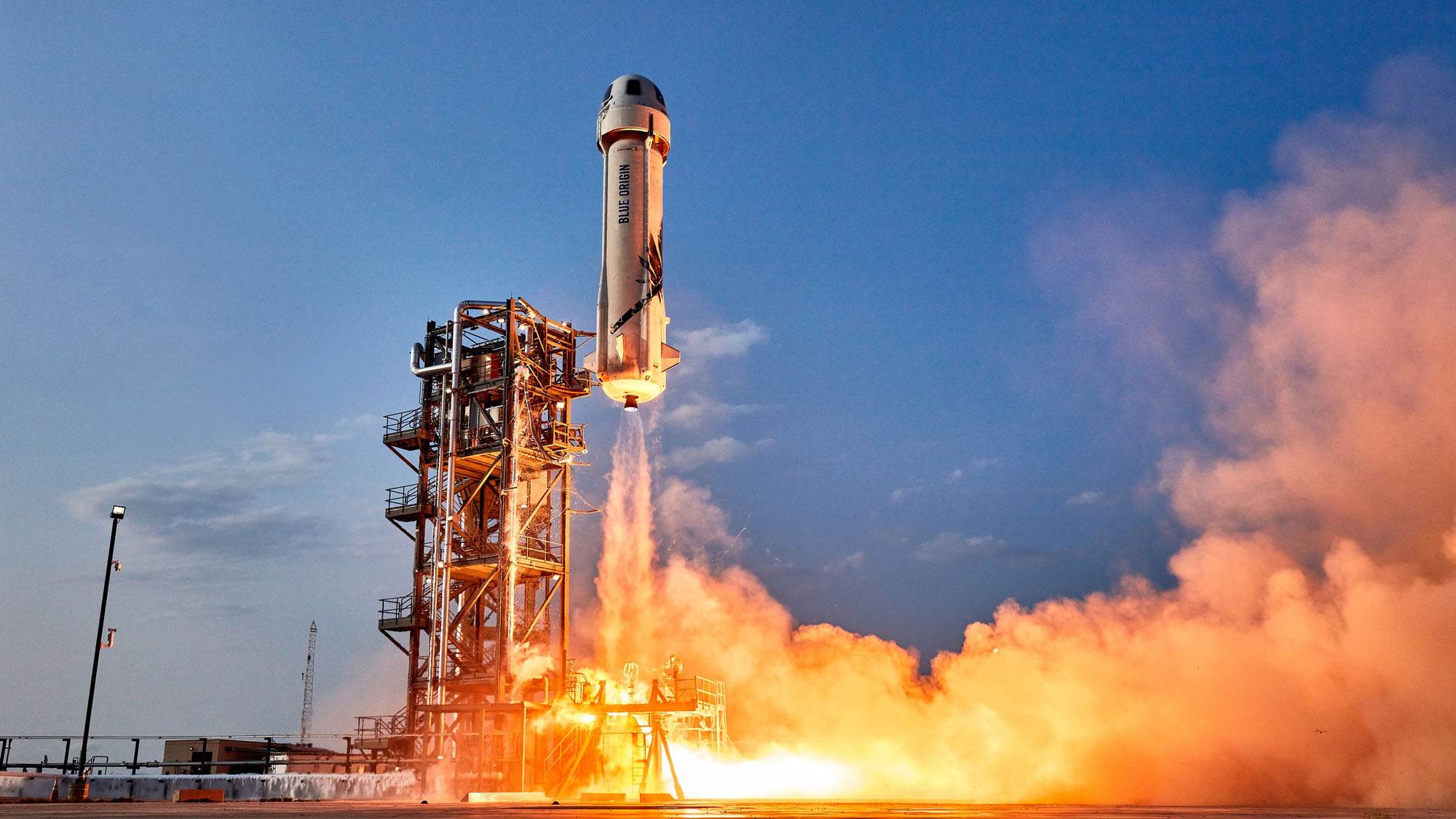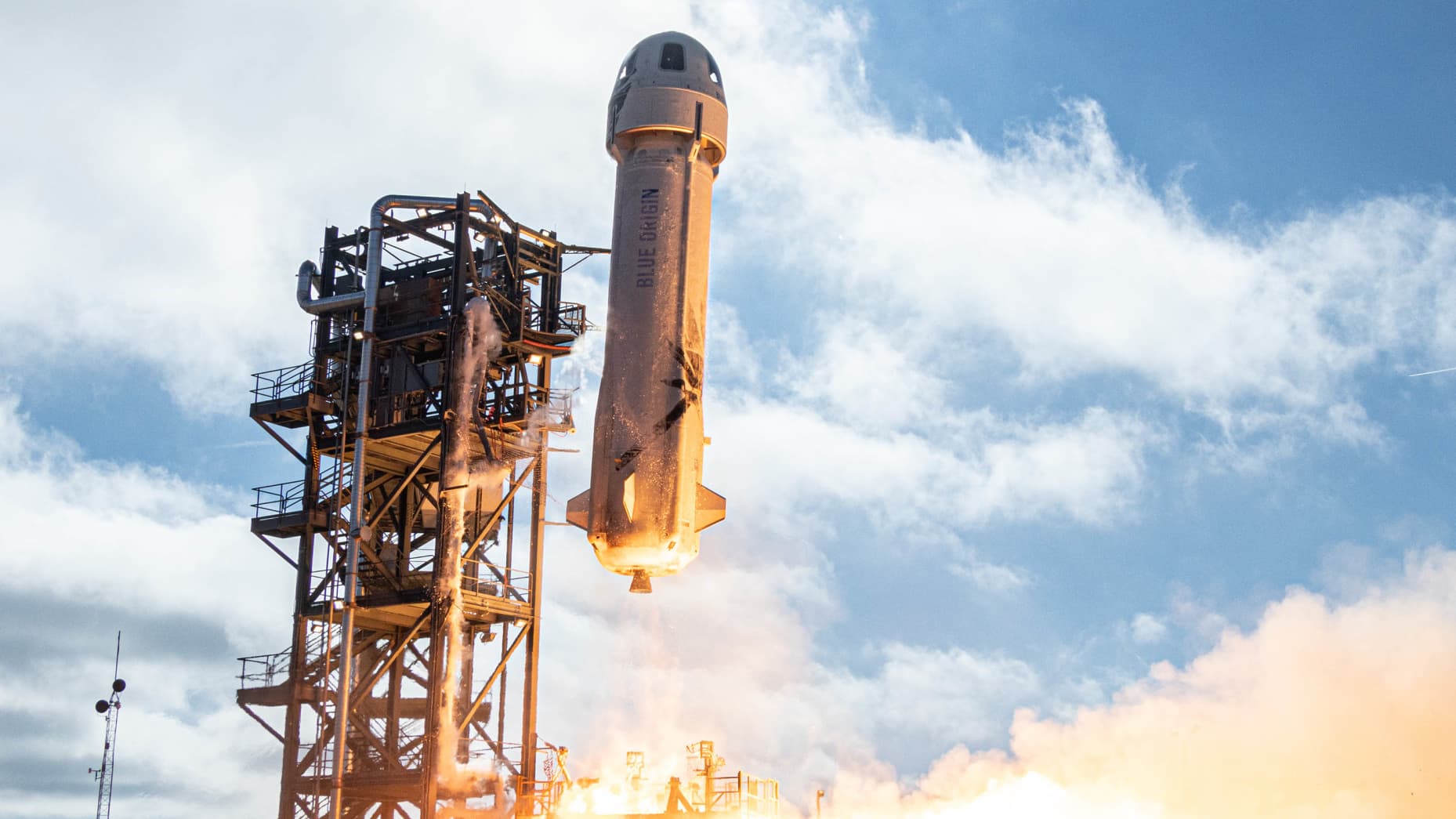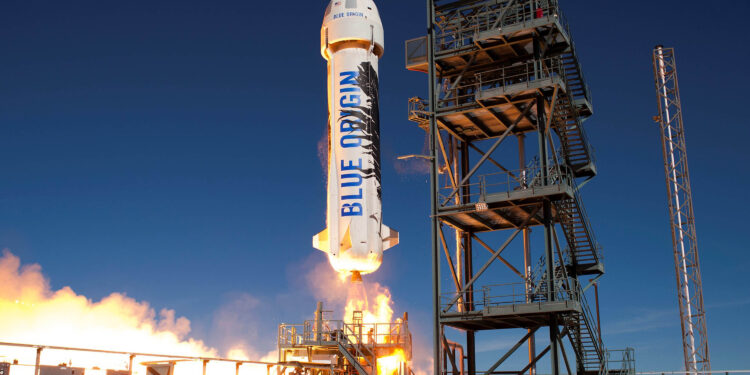In the sprawling desert landscape of West Texas, Blue Origin’s latest expedition into the skies has stirred a mix of intrigue and speculation. On a crisp Wednesday morning, the aerospace company’s New Shepard spacecraft, designated NS-27, took to the heavens. This mission marked a significant milestone—it was the debut flight of the second New Shepard vehicle constructed specifically for ferrying human passengers to the edge of space, though no humans were aboard this time. What makes this launch peculiar, however, is not the flight itself but the shroud of secrecy surrounding it.
Typically forthright with its flight statistics, Blue Origin, the brainchild of billionaire Jeff Bezos, opted for an uncharacteristic reticence post-launch. Industry insiders and enthusiasts were left puzzled as the company withheld details that are usually standard fare for such missions. Observers noted that the spacecraft achieved an altitude of 63.6 miles, conspicuously shy of its previous excursions, which often reached beyond 65 miles.

A Step Back or a Calculated Pause?
Despite the apparent shortfall in altitude, Blue Origin has brushed off any insinuations of underperformance. “Flight performance was nominal and on target for this shakeout mission,” asserted a company spokesperson in discussions with SpaceNews. This statement did little to quell the murmurs about why the New Shepard flew lower than usual, leaving many to wonder if the deviation was intentional or indicative of a larger issue.
Adding to the allure of the mission was the unveiling of the RSS Kármán Line, the latest addition to Blue Origin’s crew capsule fleet. Named after the recognized boundary that demarcates the Earth’s atmosphere and outer space, the RSS Kármán Line represents a leap forward in both performance and reusability, suggesting a bright future for commercial space travel.

The mission’s initial launch date was pushed back from October 7 due to a technical hiccup, followed by another delay attributed to a GPS error, underscoring the challenges inherent in space exploration. Yet, the successful separation of the rocket-capsule stack and the controlled descent of the booster back to the launch site signal a triumphant return to form for Blue Origin, especially following a six-month grounding of the New Shepard after a mishap with its flagship vehicle.
Loaded with Ambition: The Payloads of NS-27
Beyond the drama of the launch and the technical ballet of landings, the NS-27 mission was also a floating laboratory. The mission carried twelve payloads, split between the booster and the crew capsule. These included advanced navigation systems for both the New Shepard and its larger counterpart, the New Glenn, as well as cutting-edge LiDAR sensors destined for future lunar missions. These experiments are critical, as they pave the way for the next generation of space travel and exploration, potentially extending humanity’s reach to the Moon and beyond.

In conclusion, while Blue Origin’s recent mission has successfully advanced its technological boundaries, the company’s newfound secrecy poses as many questions as the answers provided by this latest flight. Whether this reticence is a temporary measure or a new norm remains to be seen, but it certainly adds an element of mystery to the ever-evolving narrative of space exploration. As the industry continues to watch Blue Origin, the intrigue surrounding NS-27 only adds to the anticipation of what might come next.










